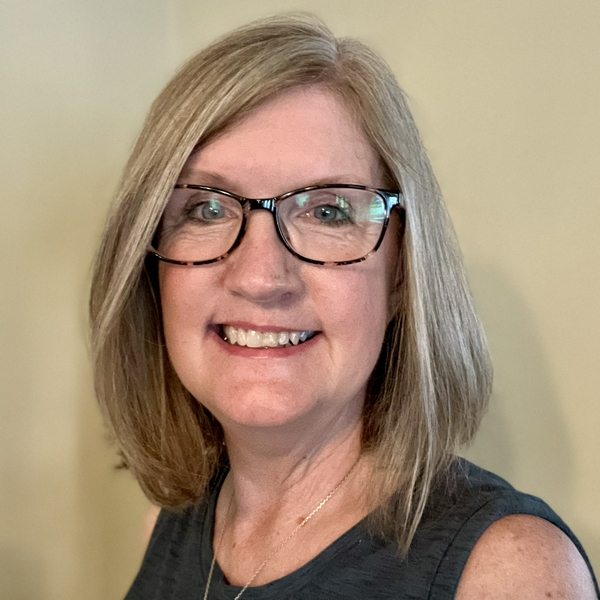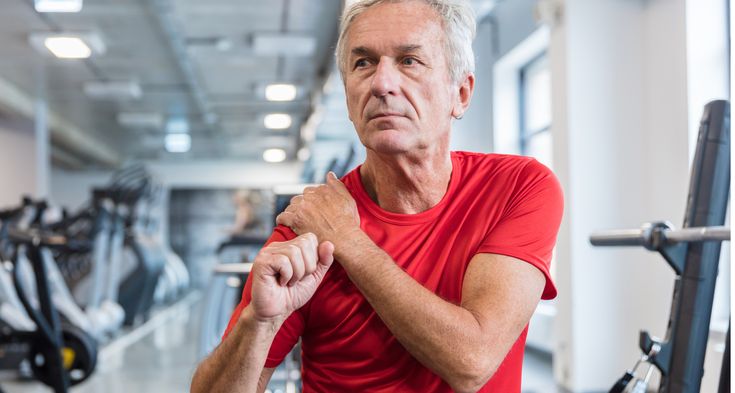Don’t wait for a fracture to force your hand — take charge of your bone health now.
That’s the upshot of new federal guidelines that say far more post-menopausal women should ask their doctors to be screened for the bone-weakening condition called osteoporosis.

And even before menopause hits, women should be paying attention to diet and exercise that can ward off the disease behind life-altering bone fractures later in life, said Dr. Dustin Hambright, a Novant Health knee and hip surgeon at Charleston Institute for Advanced Orthopedics in Mount Pleasant, now part of Novant Health.
“They call it a silent disease, because you don't really see the symptoms until it comes to a head,” Hambright said.
New federal guidelines could lead to closer monitoring of women at risk for osteoporosis before fractures disrupt their lives. The U.S. Preventive Services Task Force recommended in January to doctors that all post-menopausal women should get screened to see if they need to monitor their bone density.
Move more freely and comfortably with expert orthopedic care.
In the United States, about half of women over the age of 50 will break a bone due to osteoporosis.
The cost is substantial. Just among Medicare recipients, the National Osteoporosis Foundation estimated that direct and indirect costs annually is expected to increase to $95 billion in 2040 from $57 billion in 2018.
Here’s what Hambright wants women to know about osteoporosis and steps they should take to protect themselves.
How do you know if you have osteoporosis?
You can’t tell without a screening. Many women have no idea they have osteoporosis until they experience an unexpected break.
They fall and a fracture has them ending up in the emergency room. After treating them, I send them back out to their primary care doctor for ongoing care of their bone health. I can’t stress enough that women need to talk with their primary care doctor. Especially after a fracture.
Among Medicare patients, a 2021 study found that only 9% of women and 5% of men received a bone density test within six months after a fracture.
And overall, an analysis of insurance data showed that fewer than 25% of women 65 and older got screened for osteoporosis.
When should you be getting screened for bone health?
The new guidelines make it clear that attention to bone health should start long before a fracture sidelines you.
During menopause, which generally begins between 45 and 55, women find their bodies changing, mostly as the level of estrogen decreases. The loss of estrogen has been shown to lead to bone loss, osteopenia and osteoporosis. That condition can lead to weak arms, legs, and exacerbate fractures after otherwise minor falls.
Until this year, only women who were 65 and older were urged to undergo a screening to determine whether they have risk factors for osteoporosis. The new guidelines extend that recommendation to anyone who is considered postmenopausal.
What can you do to reduce the chances of osteoporosis?
Best doctors. Amazing nurses. Remarkable care.
Women reach a peak of bone mass around 25 to 30. The greater the bone density is at its peak, the lower the risk of getting osteoporosis later in life.
Even if you’re not the age to be recommended for bone health testing, there several steps you can take earlier in life to slow osteoporosis and bone loss.
You should exercise 150 minutes a week, including walking and resistance or weight training to strengthen your bones.
Take the appropriate amount of calcium and vitamin D intake recommended for your age. Women 19 to 50 years old should take 1,000 mg of calcium a day, either through supplements or calcium-rich foods such as dark leafy greens, fatty fish and dairy products. Check with your doctor before taking any supplements.
Avoid smoking and drinking excessive alcohol.
Developing these habits earlier on can help you avoid fractures later that can diminish the quality of life or even lead to a permanent downward spiral. One-half of people who have hip fractures never regain their previous function, putting them at a risk for complications and often taking months to recover.
How to get osteoporosis screening
The screening is as simple as answering questions in your doctor’s office. If one or more risk factors are identified, that might require another assessment tool, such as a bone density test, to be taken.
These factors might make you at higher risk for osteoporosis if you’re between the age of 50 and 64.
- Menopausal status
- Low body weight or thin bones
- History of early hip fracture
- Smoking
- Excessive alcohol consumption
If you have one or more of those risk factors, along with being post-menopausal, your doctor may recommend further assessment. Tests include a bone density test called a DEXA scan. Hambright describes it as a 20-minute procedure done at an imaging center or orthopedic office, in which you lay down on a special table, where a low dose X-ray measures the strength of your bones.
Consult with your doctor about the results, represented by a T-score, which is a comparison to a healthy person in their 20s or 30s.
If you are considered at risk, then a doctor can recommend ways to slow the process, including weight-bearing exercises, additional calcium and vitamin D, along with medications such as bisphosphonates, which have been shown to reduce the risk of spine and hip fractures by up to 50% in those with osteoporosis. Bone density tests can be taken regularly to monitor how your bones are doing.
What about osteoporosis risk in men?
In March 2024, the International Osteoporosis Foundation recommended that doctors pay more attention to men’s bone health by better monitoring men over 65 for fracture risk, and advised men to take vitamin D and calcium, along with exercise and eating a balanced diet.
Osteoporosis by the numbers
- Osteoporosis affects over 54 million Americans 50 and older.
- An additional 44 million Americans have low bone density, placing them at increased risk of osteoporosis.
- After age 50, 1 in 2 women and 1 in 4 men will break a bone due to osteoporosis.
- Osteoporosis-related fractures cost an estimated $19 billion per year in the United States.
- Only 24% of women aged 65 and older reported having a bone density test in the past two years, according to a study from 2008-2014.













